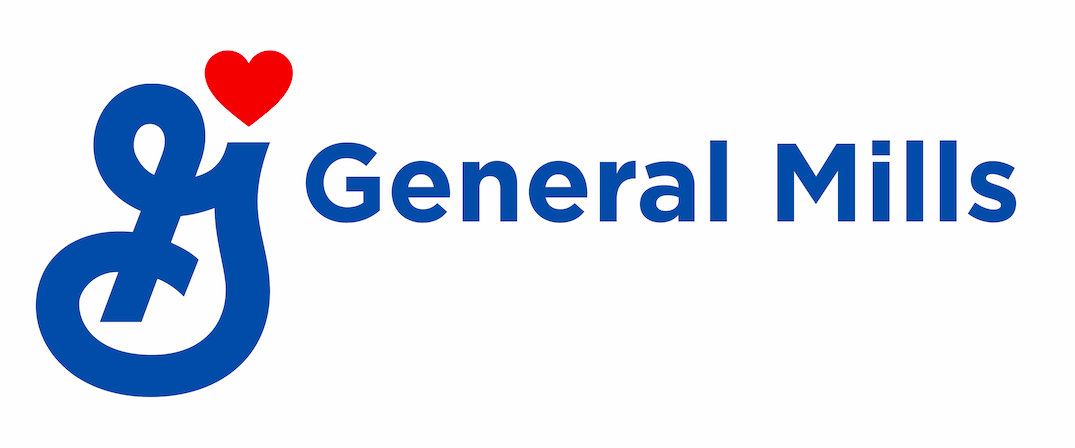More Cereal, Less Packaging In Cheerios Boxes
Feb 22, 2012 12:30 PM ET
by Sheila Kley
There’s a new prize waiting in your Cheerios box at select club store retailers – 10 percent more cereal in new, more environmentally sustainable packaging.
America’s most iconic cereal brand has identified a way to give consumers more cereal – in less packaging. How? General Mills is the first leading cereal company to bring to market new technology that packs cereal in more densely, filling each bag more fully with cereal, according to Liz Mahler, a marketing manager who is helping launch the packaging technology, in the club store market. Using a proprietary method, the technology settles the cereal in the box while it is on the production line. Previously, the settling occurred on a truck while the cereal boxes were in transit. “Settling the cereal online allows us to maximize the amount of cereal that can be poured into each box,” says Liz. “We’re making less room for air, and more room for cereal.” And Liz says because cereal is packed tighter in every box, Cheerios was able to actually reduce the size of the packaging, saving more than 200,000 pounds of paperboard each year. What was previously sold as one extra large carton of Cheerios at Sam’s Club, Costco Warehouse and BJ’s Wholesale is now being sold as two boxes connected together. In addition to minimizing Cheerios’ footprint on the environment, the redesigned boxes are leaving a smaller footprint in club store shoppers’ pantries. Consumers can take the two boxes apart, leaving more flexibility – and space – for pantry storage and serving options. “Club store shoppers appreciate that we have made a large-size product easier to store and pour,” Liz says. “This project has been a win for consumers and the environment. And that’s a great combination.” Fitting more cereal into smaller boxes also means more boxes can fit on each truck that delivers products to retailers. “We are shrinking our transportation footprint because we will need 10 percent fewer trucks to transport the same volume of product,” she says. That saves more than 25,000 gallons of fuel and reduces the company’s carbon emissions by 220 metric tons annually. As a point of comparison, it would take nearly 5,700 trees to remove the same equivalent of CO2 emissions from the atmosphere. Using environmentally sustainable packaging isn’t new to General Mills. In fact, the company has been using recycled paperboard since the 1930s. And the company remains one of the largest users of such post-consumer recycled packaging. General Mills announced a new packaging metric last year for the next evolution of General Mills’ commitment to sustainable packaging. By 2015, the company aims to have 40 percent of its global product volume sold in packaging that has been improved over the base year of fiscal 2009. General Mills is using four key indicators to assess improvements: packaging weight, recycled content, renewable content and truck efficiency optimization. In addition to the new Cheerios two-box design, several other General Mills brands are helping build momentum for the packaging metric. For example, Nature Valley trimmed the size of its Chewy granola bar cartons – while maintaining the same size of the granola bar. The change will save 6.2 million pounds of paperboard each year. And the company began using lighter plastic in the icing cups for our Pillsbury Grands! Sweet Rolls, saving an estimated 600,000 pounds of plastic per year. General Mills’ new cereal packaging technology was launched in the club store channel earlier this month. Editor’s note: For more information on sustainability at General Mills, visit GeneralMills.com. Sheila Kley is a corporate public relations manager for General Mills, based in Minneapolis, Minn. She oversees public relations initiatives for sustainability and supply chain. She began her career at General Mills in 2011. GENM21373


